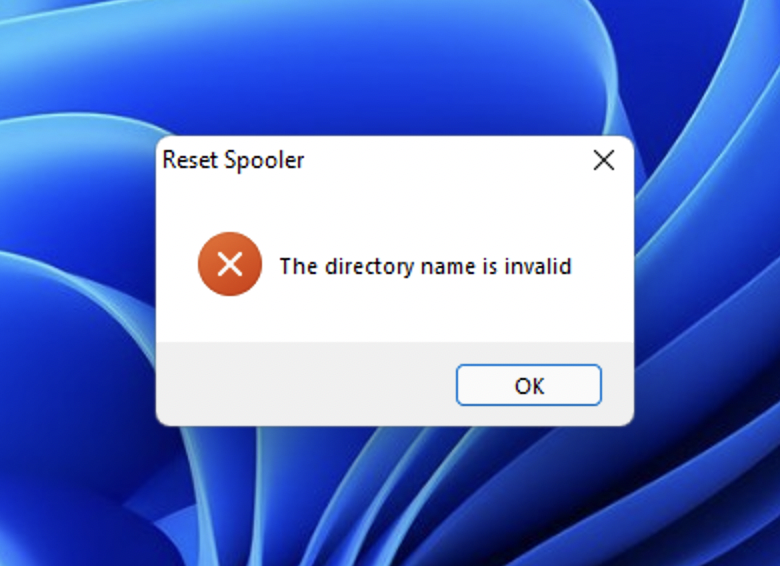

- SAPIEN POWERSHELL STUDIO RUNAS ADMINISTRATOR FULL
- SAPIEN POWERSHELL STUDIO RUNAS ADMINISTRATOR CODE
- SAPIEN POWERSHELL STUDIO RUNAS ADMINISTRATOR WINDOWS
Now you need to verify elevation to full admin rights when accessing or modifying certain system areas. This was done because many users logged on as administrators on their local machine, leaving it vulnerable to any malware they ran by accident. An admin must elevate in order to accomplish certain tasks.
SAPIEN POWERSHELL STUDIO RUNAS ADMINISTRATOR WINDOWS
Since Windows Vista, the administrator security token is split, meaning that you cannot just logon as admin and do what you need to do. The scenario is that an admin wants to package his script as an executable to allow regular users to accomplish some type of task, which requires full administrative privileges. This is a question that comes up fairly often in our support forums, so I thought I would post a quick overview. Depending on your local settings you may get a prompt to allow your app to modify your system, but it will not prompt you for actual credentials.


Step 2 then is your application with elevation. So, step 1, starter.exe is launched and uses the admin credentials you provided. Your actual script packaged as an executable with a manifest for elevation. What is in the script you package there? Nothing else but an instruction to launch your actual application.Ģ. We add credentials and RunAs or impersonation to that. Use a little script packaged as an executable that we call “starter.exe”. In order to accomplish this you need a two step process:ġ. But you want it the other way around to avoid prompts and giving regular users admin credentials. So, the important part is, due to the way Windows evaluates manifests, elevation happens before RunAs. The credentials stored inside the package have no effect at this point because they would only be applied after the fact. If you run this from a regular user, you will be prompted for admin credentials and to verify elevation.
SAPIEN POWERSHELL STUDIO RUNAS ADMINISTRATOR CODE
The difference is, Windows will load and evaluate this manifest before any code is executed. Unencrypted by the way, since Windows needs to read this information. When you select a manifest with elevation, the manifest is embedded in the executable as well. The important part here is that the executable needs to be loaded and run for this to happen. When the executable is launched it will use certain API calls to create a new security token or run itself with the specified credentials. When selecting RunAs or Impersonation, the specified credentials are stored inside the packaged executable. In order to understand why RunAs or Impersonation and Elevation cannot be used at the same time, we need to examine how they work. RunAs acts as if the specified user logged on and will load the complete environment for that user. Impersonation changes the security token of the current process to that of another user while leaving the environment of the current user intact. You cannot successfully use both options at the same time.īonus question: What is the difference between RunAs and Impersonation? Many users simply think to enter credentials and select “RunAs” in addition to using a manifest with elevation. What does this mean for packaging executables? PowerShell Studio and PrimalScript have a number of options when packaging a script as an executable, including RunAs, Impersonation and Elevation.


 0 kommentar(er)
0 kommentar(er)
